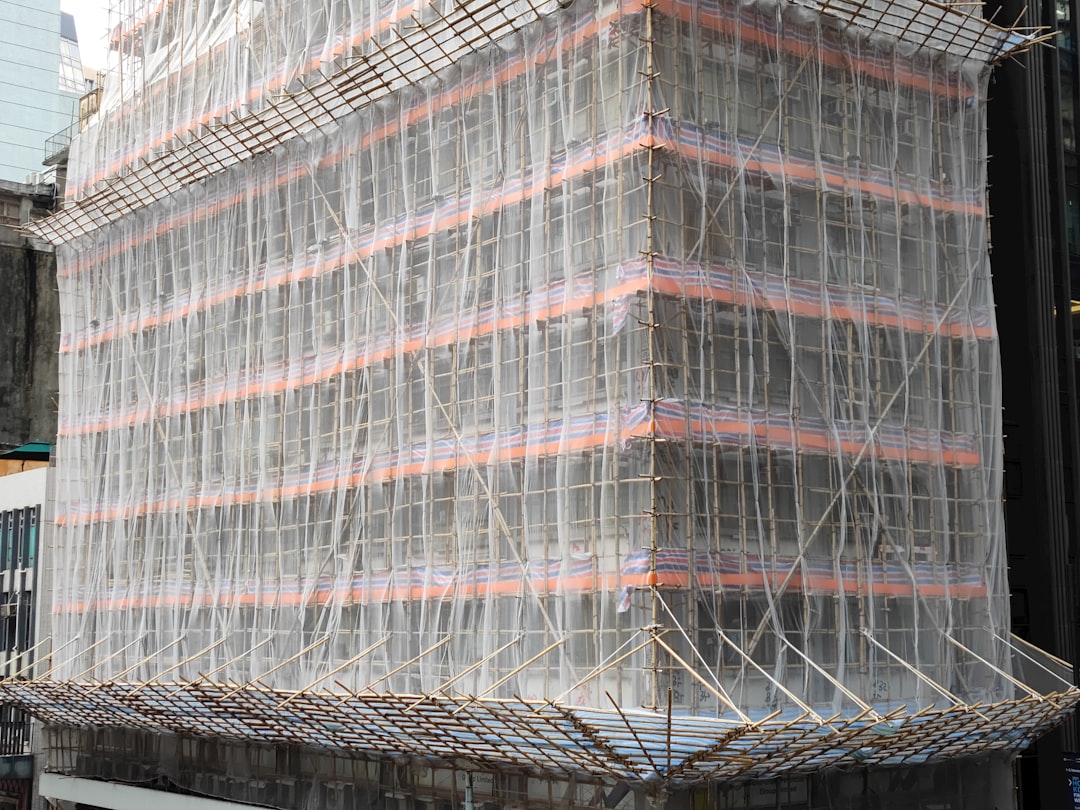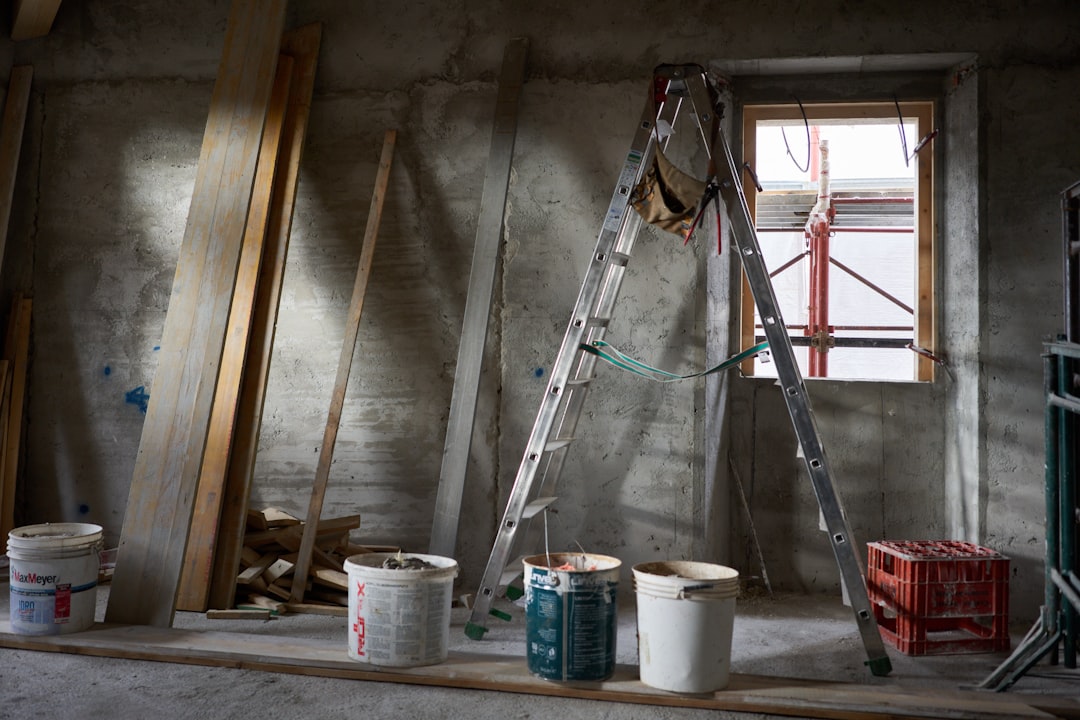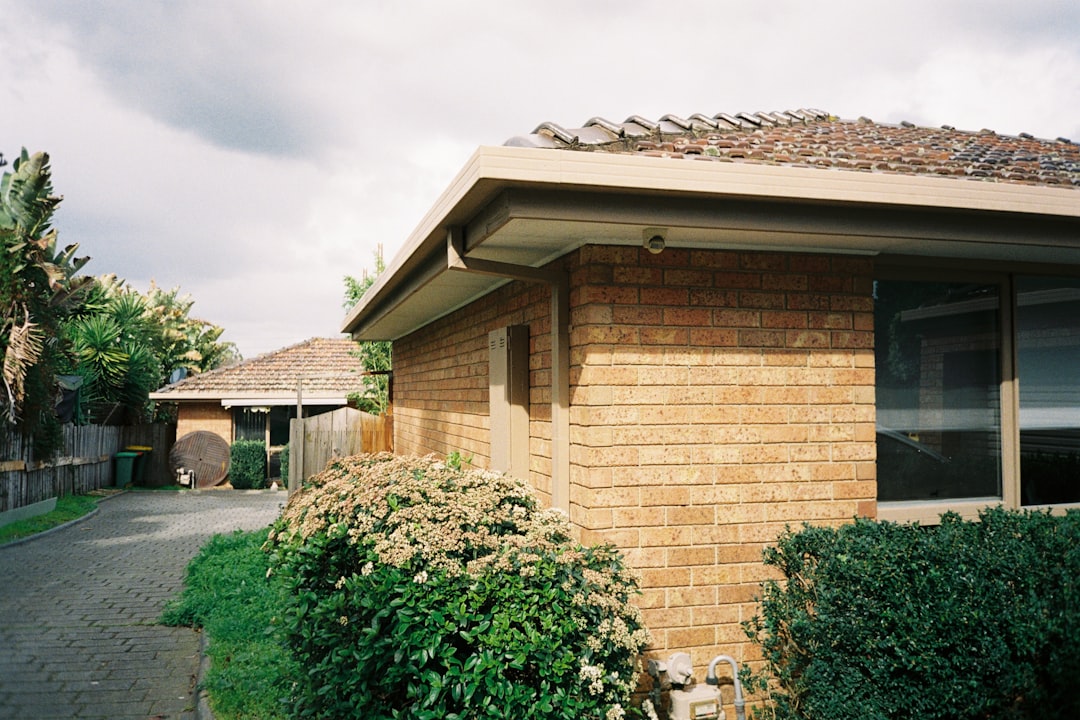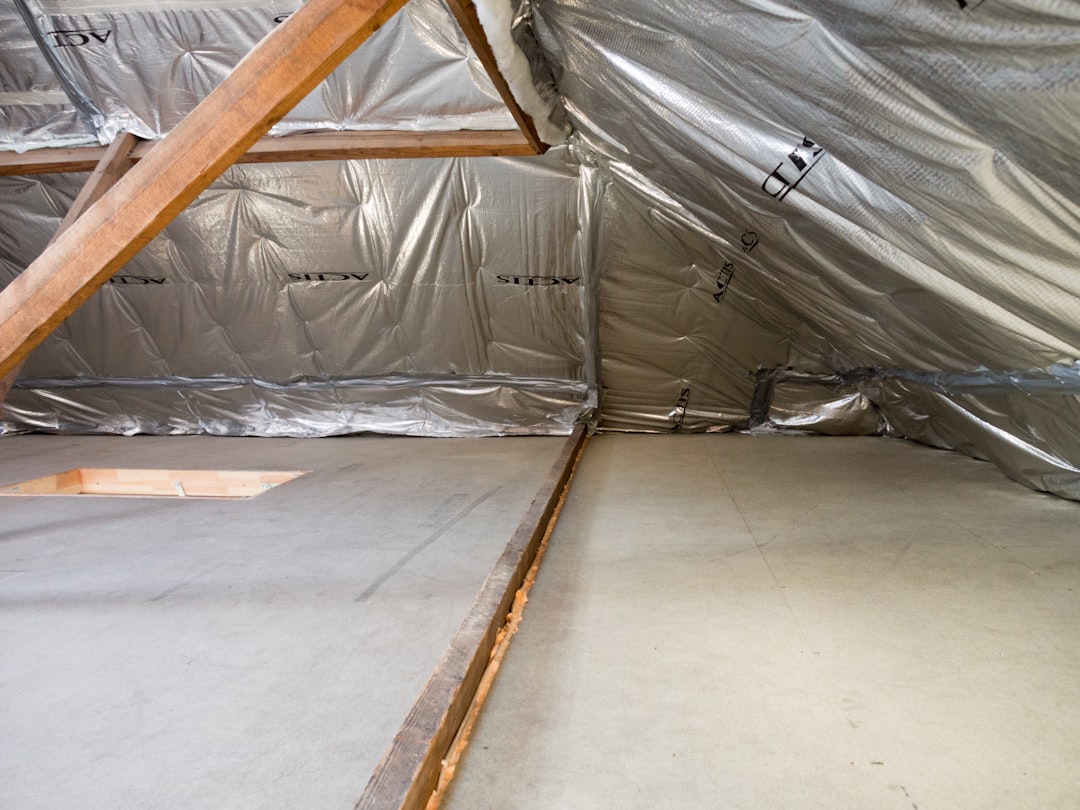

Engage prospects with a scan and streamline customer engagement with FREE QR code marketing tools by Sona – no strings attached!
Create a Free QR CodeFree consultation

No commitment

Engage prospects with a scan and streamline customer engagement with FREE QR code marketing tools by Sona – no strings attached!
Create a Free QR CodeFree consultation

No commitment
In today’s insulation market, the biggest challenge is not getting attention; it is capturing it in a way that leads to measurable action. Paper brochures, door hangers, job site banners, and fleet graphics spark curiosity, yet they rarely connect to data, insight, or next steps. QR codes change that by giving every offline interaction a digital doorway, letting interested homeowners, facility managers, and GCs instantly view services, request quotes, claim rebates, or register warranties without tedious forms or manual follow-ups.
This shift does more than make marketing more efficient. It creates a full-funnel system where every sign, invoice, safety binder, and kit insert becomes a trackable touchpoint. With dynamic QR codes tied to analytics and CRM tools, insulation contractors can see which placements and messages work, update content without reprinting, and automate timely follow-ups that convert curiosity into booked jobs and repeat business.
When used thoughtfully, QR codes help contractors keep pace with evolving codes, energy standards, and buyer expectations. The result is a connected experience, better attribution, and a more predictable pipeline fueled by real behavior rather than guesswork.

Traditional insulation marketing leaves meaningful interactions in the dark. A neighbor spots a yard sign, a property manager pockets a business card, or a maintenance supervisor scans a paper spec sheet, then the trail goes cold. QR codes transform those analog moments into digital actions by routing people to calculators, photo galleries, booking flows, and compliance resources that are updated in real time. When each scannable asset has a job to do, you move from passive awareness to measurable engagement across the entire funnel.
Start by mapping your highest-friction touchpoints: outdated brochures that go stale when R-values or rebates change, paper warranty cards that never get mailed, or site visitors who never call because they do not want to type a URL. Replace these with dynamic QR codes that drive precise actions like instant quote requests, energy audit scheduling, product data downloads, and post-install feedback. For simple data capture and routing, consider Google Forms. With objectives defined by moment and audience, every scan becomes a trackable step forward: a homeowner booking an estimate, a GC reviewing safety credentials, or a property manager registering a warranty for future maintenance.
Legacy workflows become faster and more reliable with QR codes. Printed spec binders link to always-current technical documents and MSDS sheets. Paper rebate forms turn into Google Forms submissions that prefill fields and confirm eligibility. Manual sign-up sheets for maintenance plans become streamlined digital enrollment that instantly updates the customer record. Every one of these shifts reduces friction, removes administrative drag, and gives your team visibility into what is happening in the field.
Dynamic QR codes are the engine of this approach. They let you change destinations without reprinting, so when building standards, manufacturer guidelines, or incentive programs update, your materials remain accurate. They also allow A/B testing of landing pages, offers, and CTAs, so you continuously improve conversion. With platforms like Sona QR, you can manage codes centrally, version content by audience or region, and sync activity to your CRM so no high-intent prospect falls through the cracks.

Insulation contractors operate in environments where curiosity is high but action is often deferred. Neighbors who see your crew, facility teams that walk job sites, and developers who skim binders all represent potential demand. QR codes close the gap between interest and action by letting people engage immediately. A passerby scans a yard sign and opens your energy savings calculator. An inspector scans the safety placard and pulls up updated compliance documentation. A homeowner scans a brochure and sees a financing pre-qual form in seconds.
Speed and simplicity matter in this field. Most prospects will not download an app or manually type a URL. A QR code shortens the path to value and reduces errors, which increases the likelihood of engagement. Dynamic codes are especially powerful because they allow you to update content after printing. When rebate rules change or a new case study is published, your assets remain relevant without reprinting hundreds of pieces.
The real advantage is visibility. Each scan produces data about location, time, device, and campaign source. Over weeks and months, you see which neighborhoods, materials, or offers resonate. You learn whether vehicle wraps outperform yard signs on specific routes, or whether brochures featuring attic upgrades beat soundproofing in multifamily corridors. With attribution back to channel and creative, you can stop guessing and invest confidently where engagement is strongest. For deeper modeling, review multi-touch attribution.

Insulation teams benefit from a handful of QR formats that map cleanly to their workflows. Selecting the right format ensures each scan triggers the next best action for the person holding the phone.
With Sona QR, you can generate all of these formats, update destinations without reprinting, and track performance by channel and asset so your team knows what is working and why.

Insulation contractors encounter latent demand everywhere. The question is how to capture it. High-visibility assets like yard signs, vehicle wraps, and safety placards are often the first contact point for local homeowners, property managers, and inspectors. By adding prominent QR codes with benefit-driven CTAs, you convert curiosity into measurable engagement while people are still on site or in transit. For on-the-road visibility, consider codes on vehicles.
Direct mail is another overlooked growth lever. Direct mail postcards and letters are still powerful in local service areas, especially when targeting neighborhoods with older housing stock or buildings eligible for energy rebates. A QR code that routes to a personalized landing page or a scheduling flow removes friction and gives you immediate insight into who is engaging. When that scan data flows back into your analytics or CRM, your team can prioritize neighborhoods and messages that drive estimates and closed work.

Job Site Signage: Contractors often miss local leads because neighbors or property managers notice work underway but take no further action. QR codes on temporary fencing or signage connect these viewers to service portfolios, product options, or quote requests, changing passive awareness into trackable, qualified interest.
Warranty Registration: Without a digital mechanism, warranty forms are often left incomplete, making long-term service or compliance cumbersome. Dynamic QR codes printed on installation guides allow seamless warranty submissions, simplifying registration and future service interactions for busy homeowners.
Feedback and Review Collection: The absence of structured follow-up after installation means contractors lose valuable insights and struggle to build reputation. QR codes on invoices or thank-you cards enable customers to leave reviews quickly, boosting social proof and helping contractors understand where improvements are needed. For easy feedback capture, use stationery with scannable thank-you notes.
By aligning codes to key friction points in the customer journey, you streamline workflows, improve data capture, and increase the odds that interested prospects become booked jobs.
Every scan carries context that helps you build smarter audience segments. Where the code was placed, when it was scanned, and what it linked to reveal critical signals about intent. A scan on a job site sign at 6 p.m. in a residential neighborhood likely indicates a homeowner researching options. A scan on a commercial brochure at 10 a.m. on a weekday is more likely a facilities contact or GC evaluating vendors. Use these signals to create audiences you can nurture with precision. For ad activation ideas, see Sona’s retargeting playbook.
Structure your QR ecosystem around funnel stages. Codes on awareness assets like yard signs and vehicle wraps should drive to content that educates and pre-qualifies. Mid-funnel placements such as brochures and mailers should encourage calculators, galleries, or checklists that deepen consideration. Bottom-funnel placements like invoices, proposals, and warranty packets should encourage conversion, reviews, and referrals. With Sona QR feeding data into your CRM, you can tag contacts by stage and trigger messaging that matches their needs.
For insulation contractors, practical segment distinctions include residential owners versus property managers, weatherization leads versus soundproofing inquiries, and new construction versus retrofit. These distinctions guide offer strategy, job costing, and scheduling, and they ensure prospects receive relevant content that moves them forward.
QR codes are the connective tissue between your offline presence and your digital marketing engine. When each print asset, sign, and document routes to a measurable destination, you gain a unified view of the customer journey and the ability to optimize it. In insulation contracting, this integration is especially valuable because so many first touches happen in the field or on paper, far from your website analytics.
Use QR codes to enrich every channel with real-time engagement and better attribution. Brochures no longer sit static: they drive to living pages with updated certifications, rebates, and case studies. Vehicle wraps prompt instant estimate requests. Trade show handouts kick off nurture sequences tailored to commercial buyers. Safety documentation becomes a QR-enabled system that speeds audits and builds trust with general contractors.
A central platform like Sona QR helps you manage codes across channels, measure performance by asset and audience, and sync insights to your CRM so marketing and sales act in concert.
Focus on a single leakage point you want to fix first. For many contractors, it is untracked job site interest or direct mail that does not convert. Define one clear outcome such as “book attic inspections,” “pre-qualify for rebates,” or “register installation warranty” and build your QR experience around that goal.
Map the buyer journey for this use case. If the aim is estimates from yard signs, the landing page should be mobile-first with a three-field form, calendar embed, and a clear value proposition like “Get an estimate in 24 hours.” If the aim is compliance access, drive to a document hub with the latest MSDS, SWMS, and certifications organized by trade and date.
Align the code format to the task. Static codes are fine for evergreen resources like a case study PDF, but most growth-focused initiatives benefit from dynamic codes that you can update, track, and test without reprinting. Dynamic codes also unlock retargeting and segmentation.
Choose destinations intentionally. For residential estimates, send to a fast booking flow, not a homepage. For commercial bids, send to a capability statement with a pre-bid questionnaire. For post-install reviews, send to a page that deep links to your preferred platforms and auto-fills job details where possible.
Design for real-world conditions. Use high-contrast colors, leave sufficient quiet space around the code, and size up for distance. Add a benefit-first CTA near the code such as “Scan to see your savings” or “Scan for MSDS and certifications.” Include your logo inside the code frame to build trust.
Test scans on multiple devices and in realistic environments. Check performance at different angles, in bright sun, and with light dust on the surface. Verify landing page load speed on 4G and low-signal sites. Confirm the form is thumb-friendly and the calendar works across iOS and Android. For creative placement and CTA ideas, see QR advertising.
Place codes where intent is highest and friction is lowest. Prioritize job site boards, yard signs in high-traffic neighborhoods, mailers targeting older homes or multifamily corridors, and brochures used during on-site walkthroughs. For commercial audiences, add codes to spec sheets, safety placards, and conference materials.
Launch in waves so you can learn and refine. Start with a few high-visibility placements, monitor scan and conversion data for two weeks, then expand to additional vehicles, crews, and neighborhoods. Train crews to mention the codes during customer interactions, especially when they see interest but no immediate decision.
Instrument everything with UTMs and unique codes by asset so you can see which placements and messages drive performance. Review scan volume, CTR to form, completion rate, and booked jobs weekly. Look for drop-off points to fix, such as slow load speed or confusing form fields.
Optimize continuously. A/B test CTAs, landing page headlines, and offers like free energy audits or limited-time rebate assistance. Use Sona QR to update destinations without reprinting and to sync scan data into your CRM. Trigger alerts for sales when a high-intent action occurs, such as someone starting an estimate or viewing pricing twice in 24 hours.
For many contractors, print and on-site marketing has been a black box. Money goes out, impressions happen, and some jobs come in, but the connection is fuzzy. QR codes change the math by logging every scan with time, location, device, and campaign source. When you feed that data into your analytics stack and CRM, you see which assets and neighborhoods generate qualified leads, which offers drive estimates, and which follow-up sequences convert.
The goal is to build a clear line from scan to revenue. Set up dashboards that show scan volume by asset, conversion rates by destination, and closed revenue by campaign. Tie codes to reps, crews, or service areas to spot bright spots and gaps. With Sona QR and Sona.com, you can enrich leads with scan activity, trigger real-time follow-ups, and apply identity resolution and offline attribution so you know how QR engagement contributes to pipeline and booked work alongside website visits, ads, and email.
Critically, this visibility informs smarter budget and staffing decisions. If a specific route’s fleet graphics are producing estimates at a lower cost than mailers, shift spend accordingly. If a commercial conference is generating scans but not opportunities, refine the CTA or destination to qualify better. Over time, the combination of QR data and CRM outcomes turns field marketing from guesswork into a performance engine.
QR wins are rarely accidents. They are the result of clear CTAs, thoughtful placement, and strong follow-up. Focus on a narrow set of best practices that match how insulation prospects actually engage: quickly, on mobile, and often while on site or in transit. Train field teams to point out QR-enabled assets, and give them talking points that explain the benefit, like faster scheduling or instant access to safety documents.
As you scale, centralize management of codes and destinations so you can test and iterate without reprinting. Tag every code with UTMs and metadata for source, placement, and creative so you can compare performance. Use automation to follow up while intent is fresh: the first minutes after a scan matter most for conversion.
Start creating QR codes for free. Set up unique codes by placement, watch scan behavior in real time, and sync data to your CRM to make every field interaction measurable and actionable.
Insulation contractors succeed when they shorten the distance between interest and action. QR codes are a practical way to do that at scale. They turn every physical surface into a digital onramp, capture data that was previously invisible, and automate follow-up so teams focus on conversations that matter. With dynamic content and granular analytics, your print and on-site marketing becomes a measurable contributor to pipeline and revenue.
The broader opportunity is strategic. As codes and standards evolve and as customer expectations for speed and transparency increase, QR-enabled workflows keep your materials current, your data connected, and your teams aligned. With Sona QR, you can centralize code management, update destinations instantly, and tie scan activity to outcomes in Sona.com. For connecting scans to CRM and buyer journeys, see Sona’s guide to account identification. The result is a modern, accountable marketing system built for a sector where efficiency, compliance, and customer confidence make all the difference.
QR codes have transformed insulation contractors from traditional service providers into tech-savvy industry leaders focused on efficiency and customer engagement. By enabling instant access to product specs, installation guides, and warranty information, QR codes streamline communication and enhance customer trust—turning routine interactions into valuable, data-driven opportunities. Imagine your clients effortlessly accessing crucial insulation details on-site, leading to faster decisions and higher satisfaction.
With Sona QR, you can create dynamic, trackable QR codes in seconds, update content instantly without reprinting, and connect every scan to measurable business outcomes. This means better project management, improved client education, and a clear view of which materials or services resonate most. No missed connections, just smarter workflows and stronger customer relationships.
Start for free with Sona QR today and transform every scan into a seamless step toward growth and lasting success.
Use QR codes on offline materials like brochures, job site signs, and invoices to link prospects to updated services, quote requests, rebate claims, and warranty registrations, creating trackable touchpoints that convert curiosity into booked jobs.
Combine traditional assets like yard signs, fleet graphics, and direct mail with QR codes that lead to dynamic digital content, track engagement data, automate follow-up, and segment audiences for personalized messaging across the buyer journey.
Place QR codes on job site signage, brochures, and vehicle wraps directing users to service pages, estimate booking forms, and rebate pre-qualification, using clear calls to action and ensuring mobile-friendly landing pages that encourage immediate engagement.
Leverage dynamic QR codes for energy savings calculators, post-install feedback, safety compliance access, and digital warranty registrations, integrating these with CRM systems to track engagement and trigger timely automated follow-ups.
Enhance your marketing mix by linking offline materials with QR codes to updated digital resources, encourage social media sharing and reviews via QR-enabled thank-you cards, and sync scan data with your CRM to optimize campaigns and nurture leads.
Use Sona QR's trackable codes to improve customer acquisition and engagement today.
Create Your FREE Trackable QR Code in SecondsJoin results-focused teams combining Sona Platform automation with advanced Google Ads strategies to scale lead generation

Connect your existing CRM

Free Account Enrichment

No setup fees
No commitment required

Free consultation

Get a custom Google Ads roadmap for your business






Launch campaigns that generate qualified leads in 30 days or less.
